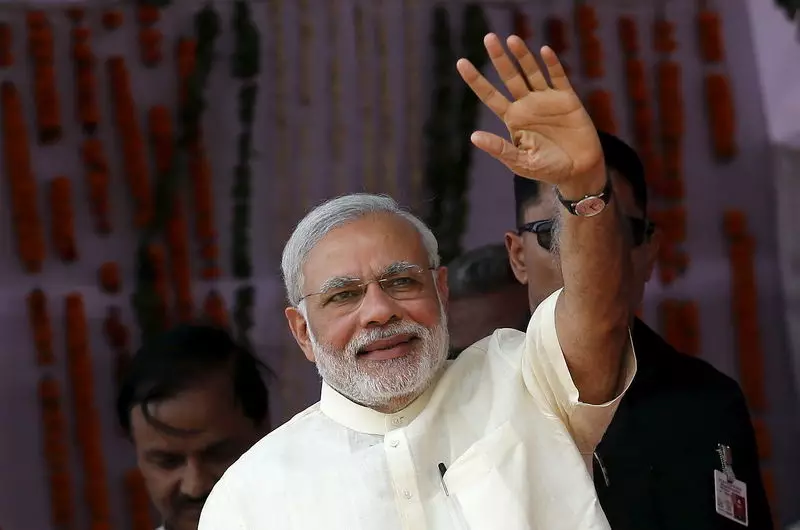With the recent surprising election results, Prime Minister Narendra Modi has been sworn in for a third term, backed by the National Democratic Alliance (NDA). Despite the Bharatiya Janata Party (BJP) not securing a majority on its own, the NDA coalition garnered a total of 293 seats in parliament, paving the way for Modi to lead the country again.
Over the last decade, under Modi’s governance and a BJP majority, there has been a significant shift in the government’s fiscal policies. Subsidies have been drastically reduced from 18.2% to 8.6% of expenditure, while capital expenditure (capex) has seen a substantial increase from 14% to 30%. This shift signals a clear focus on supply-side economic growth and infrastructure development.
Despite concerns about a potential return to populism with the new coalition government, a report by Bank of America (BofA) suggests continued momentum in capex, along with moderate welfare spending. The report is based on insights gathered from senior management of top corporations and policymakers. BofA identifies five key factors supporting sustained capex growth in India.
1. **Pro-reform Policies of NDA:** The NDA has a history of implementing significant reforms, even under coalition governments. Noteworthy reforms in the past have included the National Highway Development Program, the National Telecom Policy, and the enactment of various fiscal responsibility acts.
2. **Strong Fiscal Position:** India’s robust fiscal environment allows for both capex and moderate populism to coexist. The fiscal deficit for the fiscal year was lower than expected, driven by higher GDP growth. Excess dividends from financial institutions further provide financial flexibility for the government.
3. **Revenue Augmentation Strategies:** The government can optimize its revenue through various strategies like widening the tax net, introducing amnesty schemes, and enhancing asset monetization of infrastructure projects.
4. **Leverage for Capex:** Government infrastructure agencies have significantly reduced leverage, offering ample scope for financing further capex through increased equity funding.
5. **Policy Continuity:** PM Modi has highlighted the continuation of policies targeting growth in various sectors, job creation, and improved center-state relations. This policy continuity is expected to drive economic growth in India.
Bank of America predicts an 11% compound annual growth rate (CAGR) in capex over the next few years, with a potential shift in the capex mix towards basic infrastructure and rural development projects. In terms of sector preferences, BofA remains optimistic about Financials, Autos, Cement, and Nonferrous Metals, while being cautious about Power Utilities, IT, Steel, Healthcare, Consumer Discretionary, and Energy sectors. They maintain a neutral stance on Telecom, considering anticipated tariff hikes in the sector.
Under the leadership of Prime Minister Narendra Modi and the NDA coalition, India’s economy is poised for sustained growth and development. With a focus on fiscal responsibility, infrastructure development, and policy continuity, the future looks promising for India’s economic landscape.

